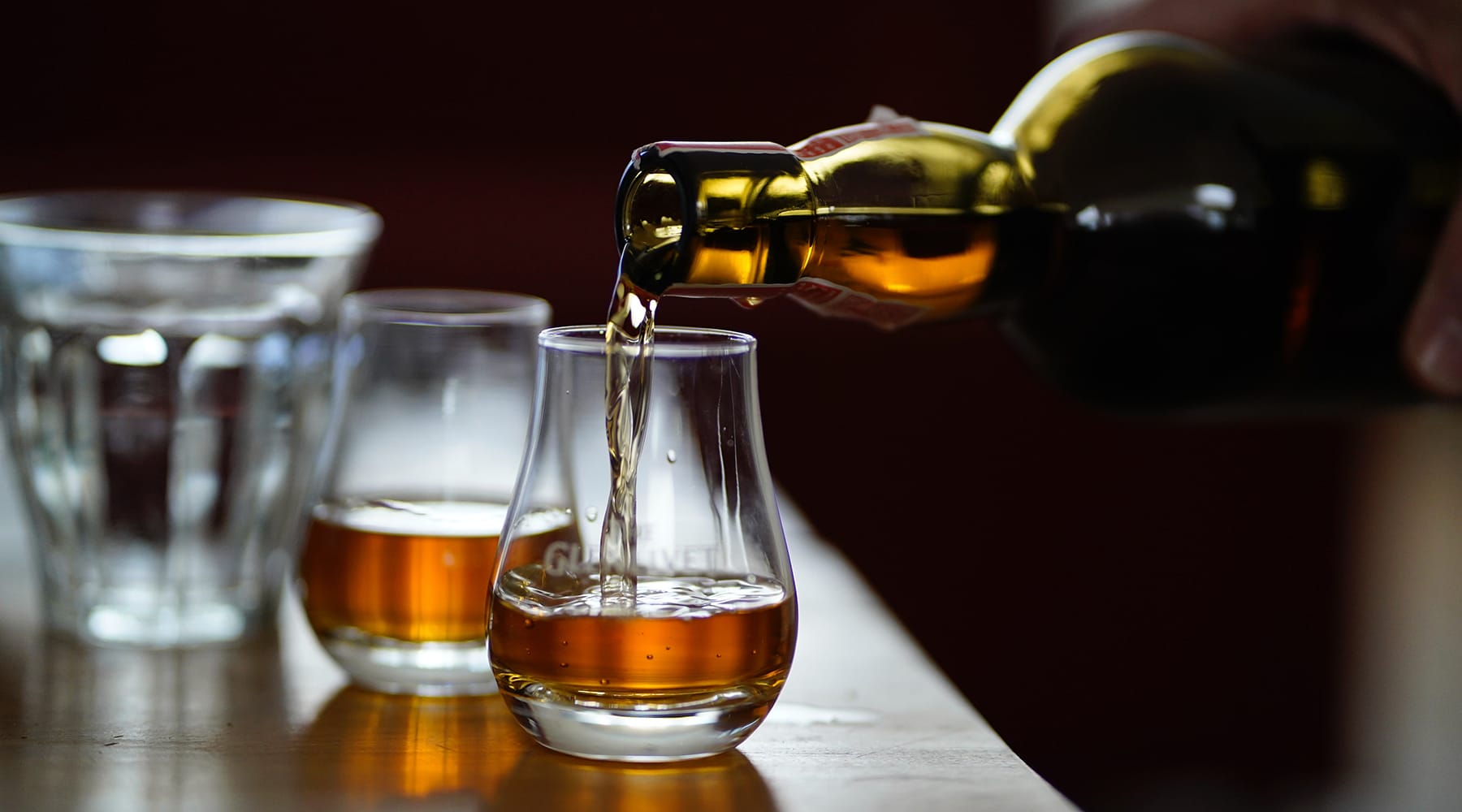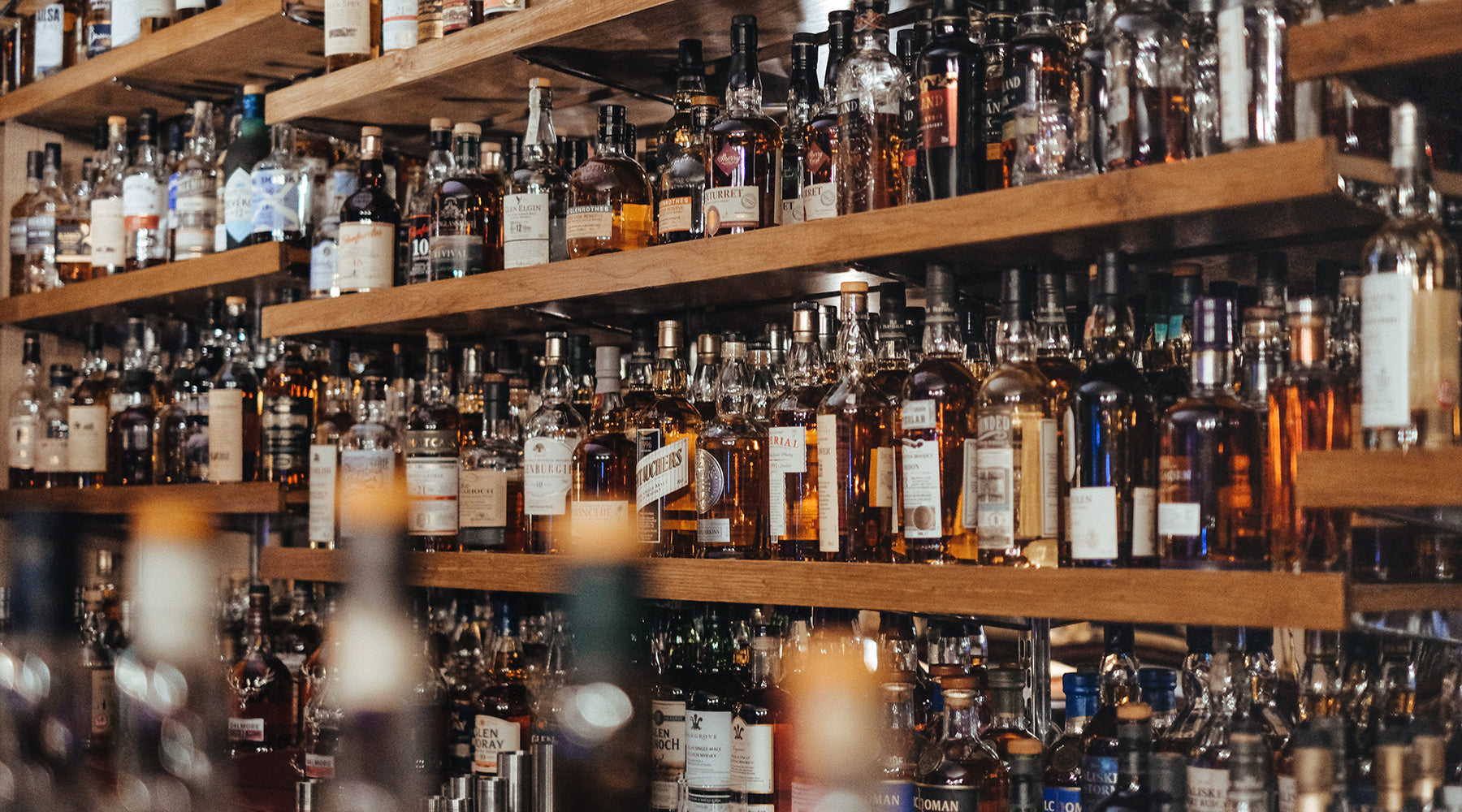
Why Your Whisky Is Getting More Expensive
We don’t want to scare you, but our research suggests that the average global cost of whisky will increase over the next five years.
Let us explain why the cost of whisky is increasing.
A Bit About The Whisky Market
We project revenue in whisky will reach £73,639m in 2021. We expect the market to grow annually by 6.4% (CAGR, 2021-2025). The global whisky market is a large.
Let’s define whisky and the whisky market.
Whisky is a distilled alcoholic drink made from grains aged in wooden casks for at least three years. Whisky is one of the most popular spirits in the world. Great Britain and the U.S. are the world’s leading exporters of whisky. Diageo, Suntory and Pernod Ricard are some of the world’s biggest whisky producers.
The whisky market has two parts:
1. Retail sales for people to drink whisky at-home.
2. On-premise or foodservice sales for people to drink out-of-home.
The at-home market, also called off-trade market, covers all retail sales via supermarkets, convenience stores or similar sales channels.
The out-of-home market, also called on-trade market, away-from-home market or HORECA, encompasses all sales to hotels, restaurants, catering, cafés, bars and similar hospitality service establishments.
The Cost Of Whisky Is Increasing
In 2020, you could buy a unit of whisky for £41.87 on-trade, or out of home. You could get a unit of whisky for £8.70 to drink at home, or off-trade. If trends continue, a unit of whisky will cost £48.39 on-trade and £10.37 off-trade.

"Whisky - Worldwide." Statista, Statista Inc., https://www.statista.com/outlook/10020100/100/whisky/worldwide
The significant increase in whisky’s price is about more than customer’s increased popularity.
The increase in whisky prices is explained by how distilleries make whisky. It is whisky’s supply and demand problem. And where there are market problems, there are investment opportunities.
Whisky’s Supply And Demand Problem
Supply generally increases with demand. That’s true for most products. But whisky is unique.
It takes at least three years of maturation in a wood cask for a spirit to become ‘whisky’. Premium whiskies take much longer; many premium whiskies are aged for over 20 years. Many whiskies mature in casks for around 12 years.
The maturation period makes it challenging to produce enough whisky to meet customer demand. It takes years to produce whisky, which increases consumer prices because the supply lags behind demand.
Because there isn’t enough whisky maturing to meet future demand, the cost increases.
This is a supply and demand problem for the whisky market; and an opportunity for investors.
Investing In Maturing Whisky Casks
Investing in whisky casks can be an excellent financial choice. As customer demand for whisky increases, owning a cask can produce strong investment returns.
When you invest in a cask, you buy the whisky while it’s maturing. You don’t buy one bottle with a label. You get a cask full of whisky while it’s ageing. One cask might yield between 200 and 300 bottles.
And, because the cask improves a whisky’s taste over time, the longer it’s in the cask, the more valuable it becomes. Whisky casks are assets that appreciate over time.
If you’re interested in learning more about investing in whisky casks, you can arrange a free consolation with one of our consultants. Click here to talk to one of our experts.



